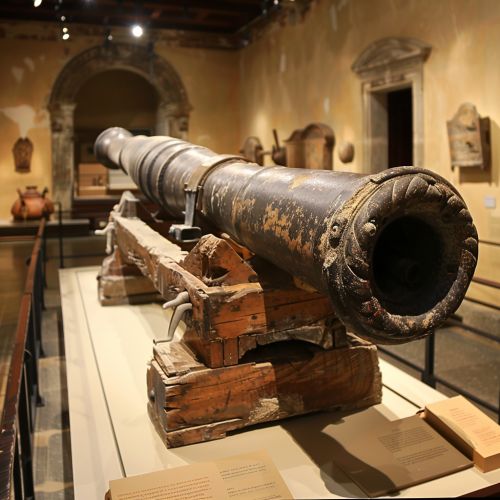Ballistics
Introduction
Ballistics is a field of mechanics that deals with the launching, flight, behavior, and effects of projectiles, especially bullets, unguided bombs, rockets, or the like; the science or art of designing and accelerating projectiles so as to achieve a desired performance. It is a crucial aspect of forensic science, military science, and the design and operation of firearms and artillery.
History
The study of ballistics dates back to ancient times and was significantly advanced during the Middle Ages. The term "ballistics" comes from the Greek word "ballein," which means "to throw." Early humans would have had an intuitive understanding of ballistics through hunting with rocks and spears. The first recorded study of projectile motion was by Aristotle in the 4th century BC, and later by Archimedes.


Types of Ballistics
Ballistics can be broadly categorized into three types: internal ballistics, external ballistics, and terminal ballistics.
Internal Ballistics
Internal ballistics is the study of the processes originally accelerating the projectile, such as the passage of a bullet through the barrel of a rifle or the movement of a projectile through the bore of the firearm. It deals with the conditions inside the firearm immediately before and during the projectile's flight through the barrel.
External Ballistics
External ballistics is the part of ballistics that deals with the behavior of a non-powered projectile in flight. This involves the study of the projectile's motion, the forces acting on the projectile, and the influence of variables such as weather conditions.
Terminal Ballistics
Terminal ballistics is the study of the behavior and effects of a projectile when it hits its target and transfers its energy to the target. Terminal ballistics is relevant both to firearms and to other systems that deliver projectiles, such as crossbows or ATGMs.
Ballistic Coefficients
The ballistic coefficient (BC) is a measure of a body's ability to overcome air resistance in flight. It is used in many equations related to the flight of a projectile through the atmosphere. For bullets, it is typically reported with a dimensionless number ranging from 0.2 for round-nosed bullets, up to 1.0 for extremely streamlined bullets and artillery shells.
Ballistics in Forensic Science
Ballistics plays a crucial role in forensic science. Forensic ballistics involves the analysis of bullets and bullet impacts to determine information of use to a court or other part of a legal system. It can be used to establish what type of firearm was used, the trajectory of the bullet, and even potentially where the shooter was located.
Ballistics in Military Science
In military science, ballistics encompasses the design and analysis of projectiles, the systems that launch them, and the systems designed to defeat incoming projectiles. This includes the study of artillery, rockets, guided missiles, and similar weapons systems.
